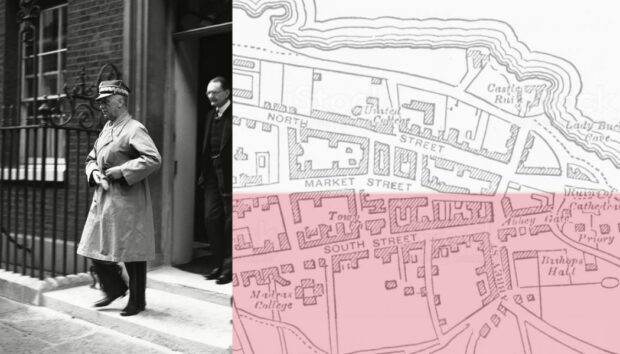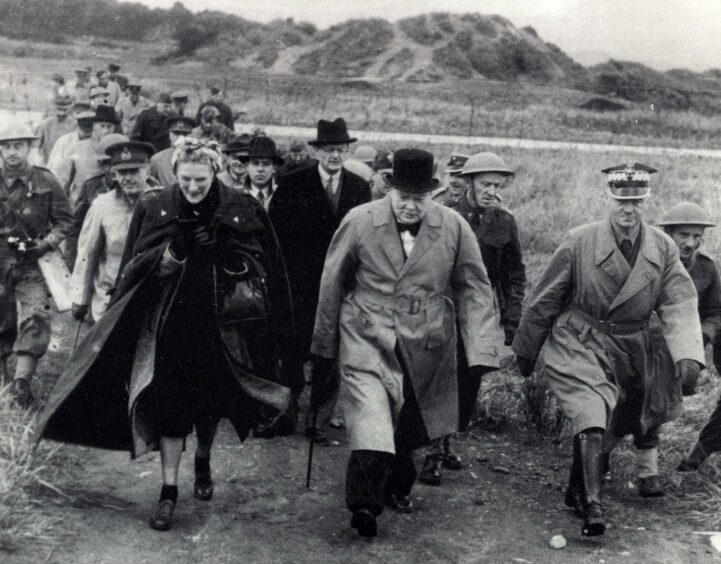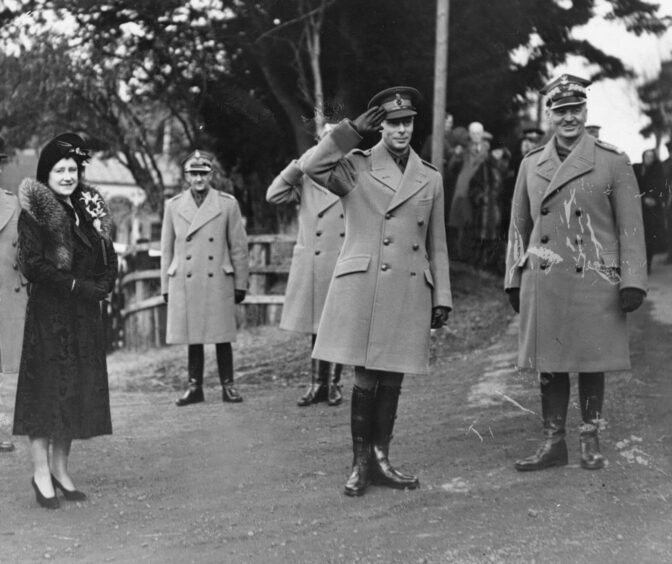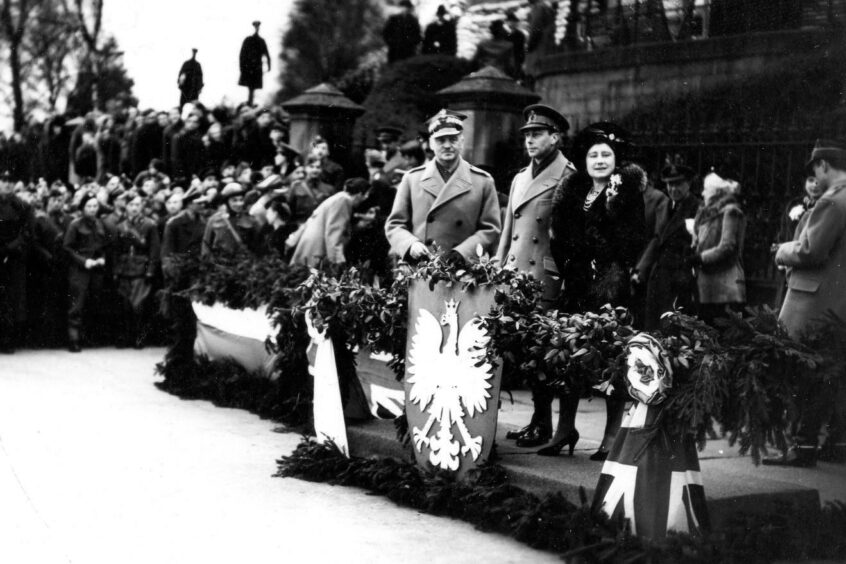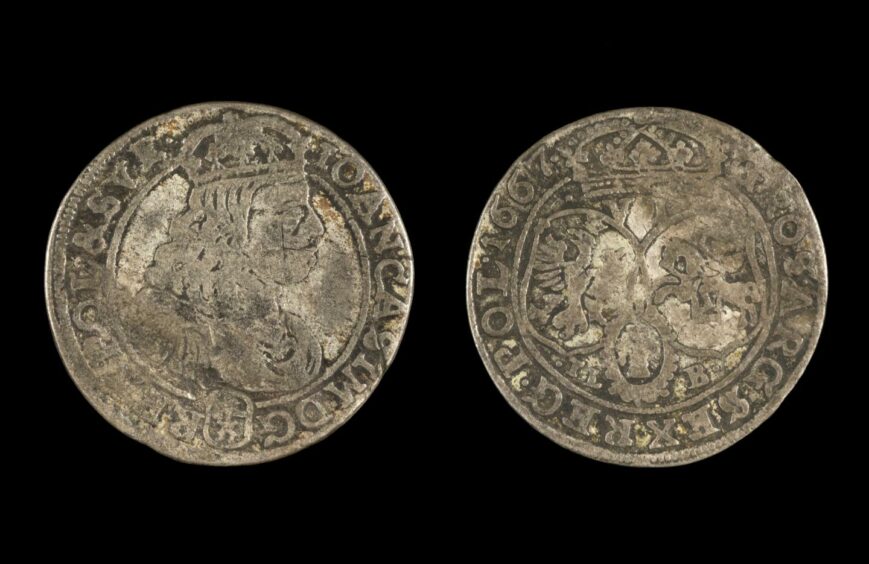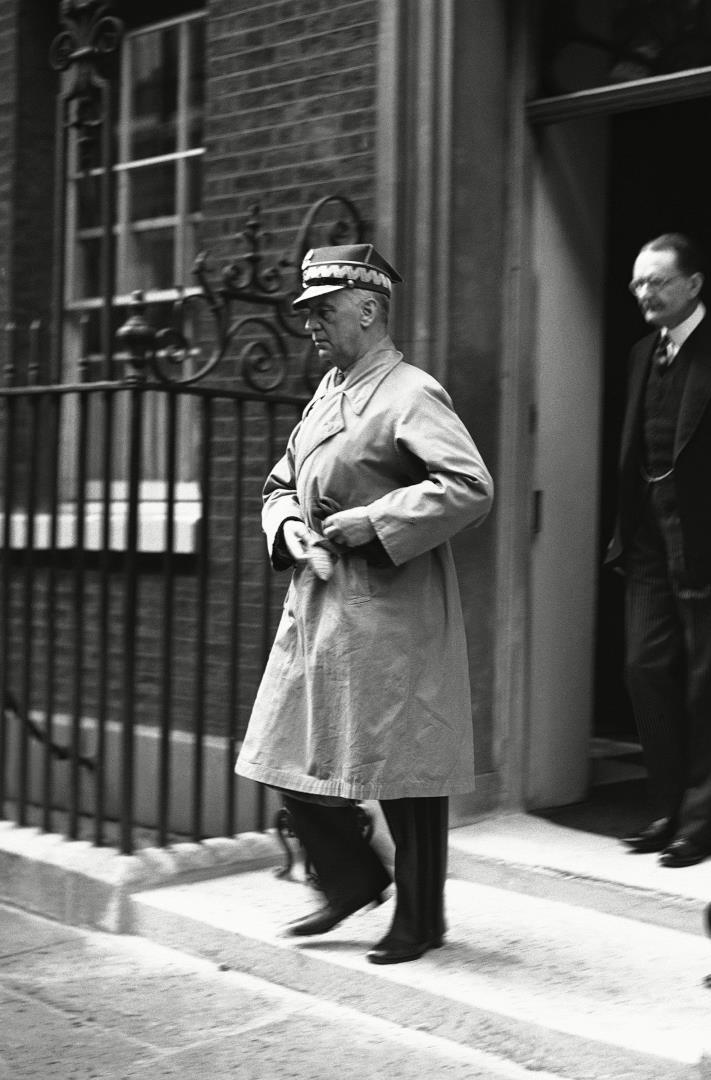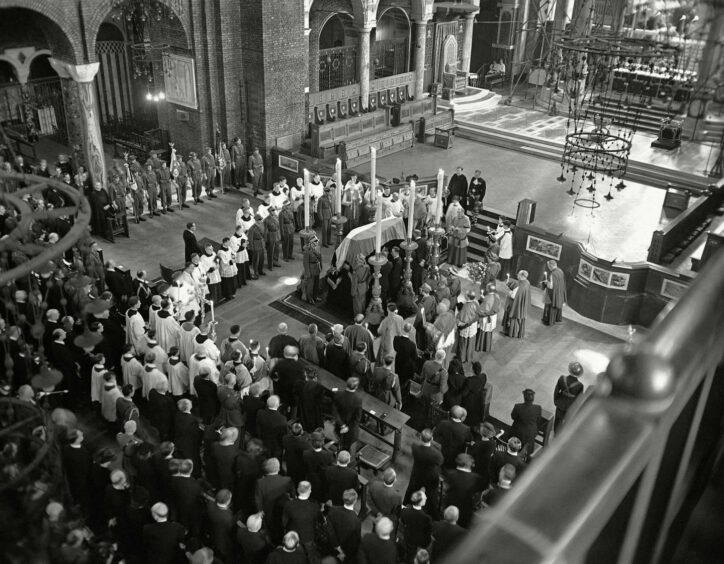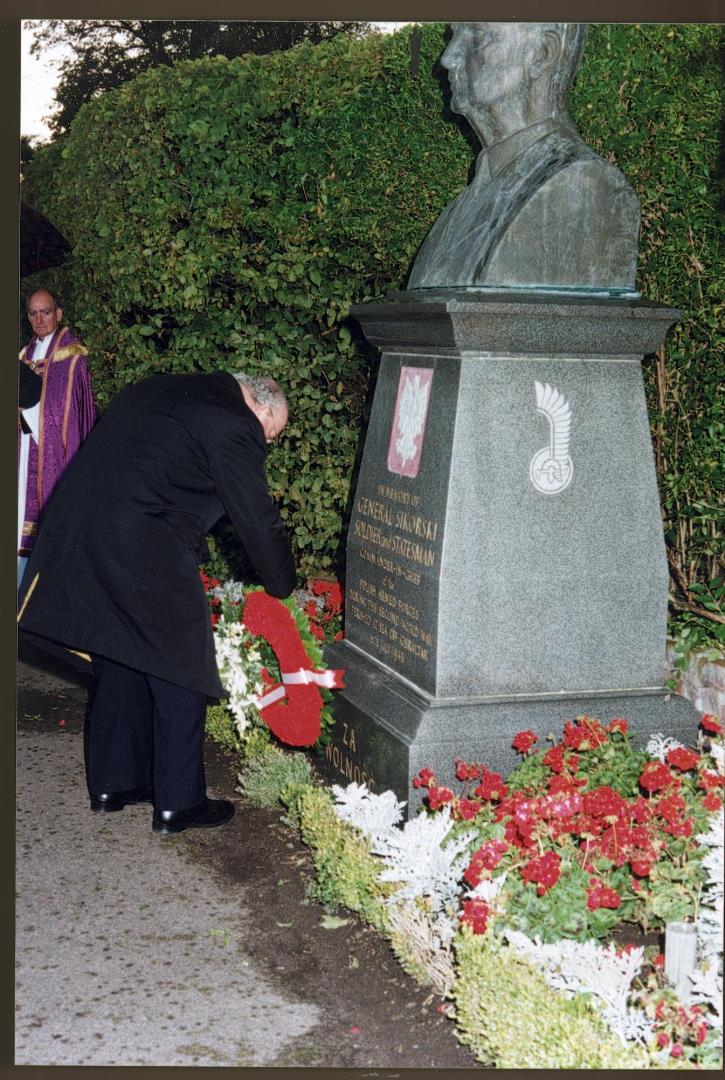He was the former Polish prime minister whose wartime legacy remains etched into the very fabric of St Andrews.
General Wladyslaw Sikorski was the Commander-in-Chief of the Polish Armed Forces, most of which were stationed on the east coast of Scotland during the Second World War.
He was honoured by St Andrews University and a memorial statue was erected in the golf town in his memory after he perished in a plane crash in 1943 in mysterious circumstances.
Interest in the general peaked last week when some old photographs of him in St Andrews surfaced on social media.
But who was this wartime hero who the people of St Andrews took to their hearts?
Władysław Eugeniusz Sikorski was born in south-east Poland in 1881.
Before he served with the Polish Army in the First World War, Sikorski was a member of several underground organisations that supported Poland’s independence from the Russian Empire.
He was appointed Prime Minister of Poland in 1922.
During the Second World War, he became Prime Minister of the Polish government-in-exile, and Commander-in-Chief of the Polish Armed Forces.
As Commander-in-Chief, he went to the Western Front with his troops.
Later, the Polish Government came to London and Sikorski devoted his energies to building up the Polish Army.
Sikorski arrived in St Andrews during the Second World War.
Records date Polish troops as first arriving in St Andrews in 1941, with their military headquarters being based in Bridge of Earn.
Infantry Battalions were based at Cupar, St Andrews and Tentsmuir – an army camp near Tayport that was occupied until at least 1942.
The first record of Sikorski’s presence is dated March 1941, when he was awarded an honorary doctorate from the university.
Sikorski gave a speech in Polish at the event, to declare that Polish forces would continue to fight against Germany until a “successful” conclusion had been reached.
Sikorski gifted St Andrews University a collection of historical Polish coins in July 1942.
The coins, which are still in the university’s collection, were presented to thank the university for supporting Polish soldier-students in their studies during the war.
Sikorski said that the facilities extended by the university had been of great value to almost a hundred Polish soldiers.
These soldiers were partly released from their military duties until they finished their studies.
He said: “Professors, as well as students, are murdered, and the universities robbed of their treasures.
“Places of learning are now chambers of torture, and the youth of our country are deported in masses to slavery of the enemy labour camps.
“I thank the university for what has been done for the men, and for upholding the culture of Poland, where the enemy were striving to blot it out in their passion for cruelty.
“Whatever can be done to increase the number of educated men will be of priceless value for the future of Poland.”
Sikorski warned Hitler that the Polish Army would retaliate against Germany at a parade in Scotland in 1943, shortly before his death.
He said: “Hitler knows that his end is coming.
“But let him remember that he is provoking a retaliation without precedent in history.”
General Sikorski said that the presence there with him of the Minister of War and the commanders of the Polish Navy and Air Force emphasised their state of readiness to go into action.
He was confident that the Allied troops were ready enough to strike.
Sikorski’s death has been the subject of controversy for many years.
He was returning from the Middle East in a Liberator II, which crashed just off Gibraltar almost immediately after take off.
The plane’s pilot was the only survivor.
The catastrophe, while officially classified as an accident, has led to several conspiracy theories that persist to this day.
The crash is suspected to have been an assassination, and has been blamed either on the Soviets, the British, or the Nazis.
The incident is still described by some historians as mysterious and was investigated by the Polish Institute of National Remembrance.
They concluded that Sikorski’s injuries were consistent with a plane crash, but that there wasn’t enough evidence to support or reject the theory that the crash was deliberate.
Sikorski’s legacy lives on in Scotland long after his death.
More than 400 people attended a dance held by the Scottish-Polish Society in Dundee in 1945, to support the General Sikorski Memorial Hospital.
Music was played by a Polish Army Band, and two Polish national dances — the polka and oberek — were included in the programme.
There is a large stone memorial to Sikorski in Kinburn Park, near the St Andrews museum.
It is a sculpted bust of the general, on a stone pedestal, and features the Polish emblem in red and white.
While General Sikorski was only in St Andrews for a few years, the mark he left on the town and the legacy he left behind can still be seen today.
More like these:
General Sikorski in St Andrews? Rare wartime pictures found in forgotten roll of film
Chariots of Fire at 40: St Andrews beach reshoot changed movie history
